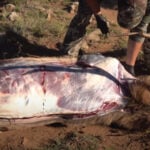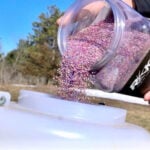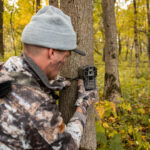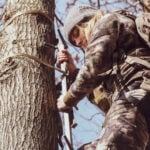There are many facets to scouting. Buck sign, doe sign, bedding areas, transition routes, pinch points, trail hubs, rub lines, and scrapes make up most of the subject matter when it comes to scouting; and none of those are more apparent than during the late winter and early spring.
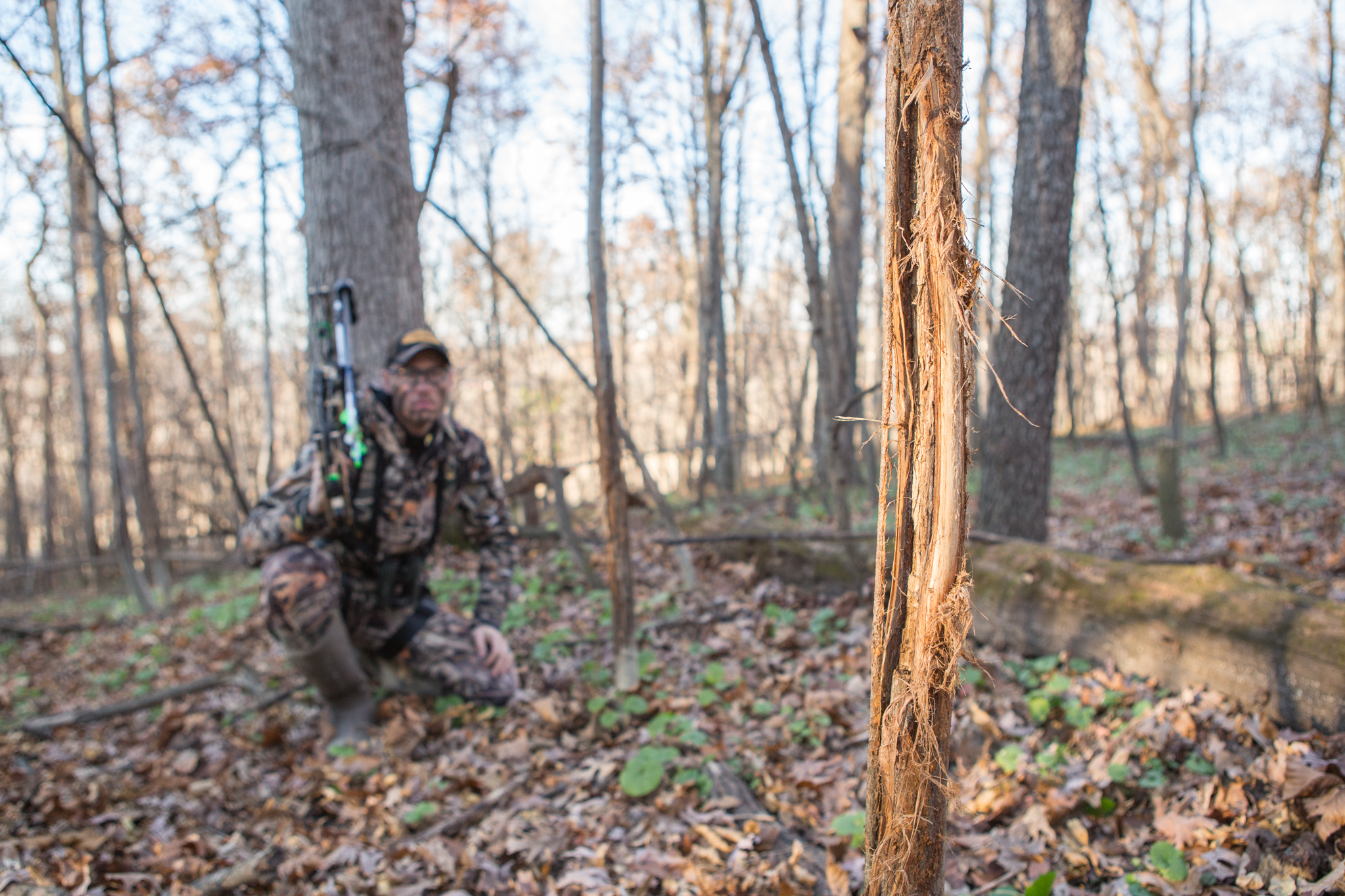
Each topic is an important part of the overall whitetail puzzle. However, regardless of which piece of the puzzle one chooses to focus on, there are two key points to getting the most out of investigative efforts.
First, be sure to keep scouting as low-impact as possible, and second, conduct it during the right time of year in order to obtain the most relevant information.
In order to achieve those goals, many hunters find it is imperative to scout immediately “post-season”. But why?
Reasons To Scout In Spring
For starters, no amount of disruption to the hunting area during the post-season will be remembered when the acorns drop on a new season months later.
Therefore, hunters can essentially scout wherever they want (including those “taboo” areas such as a big buck’s bedroom) with little worry about educating the very deer they are chasing.
All too often, bowhunters choose to scout too closely to opening day. That’s fine, as long as we’re talking about glassing agricultural fields from afar in order to pinpoint entry and exit routes of bucks still on a feeding pattern.
Otherwise, high-impact, pre-season snooping-around will likely be noticed and the chances of success will certainly be compromised.
In addition, while spring scouting for whitetail deer, hunters will be doing so under “game conditions”.
In other words, information gathered regarding doe bedding areas, travel corridors, food sources, escape routes, rub lines, and so on, will likely hold true the following year.
Obtaining that information well in advance of opening day will give hunters plenty of time to fine-tune existing strategies or formulate completely new ones.
Either way, the deer will be clueless of the actions. And that’s exactly the type of situation hunters want to create during scouting sessions.
The goal is to gain as much pertinent information as possible while flying well under the whitetail radar.
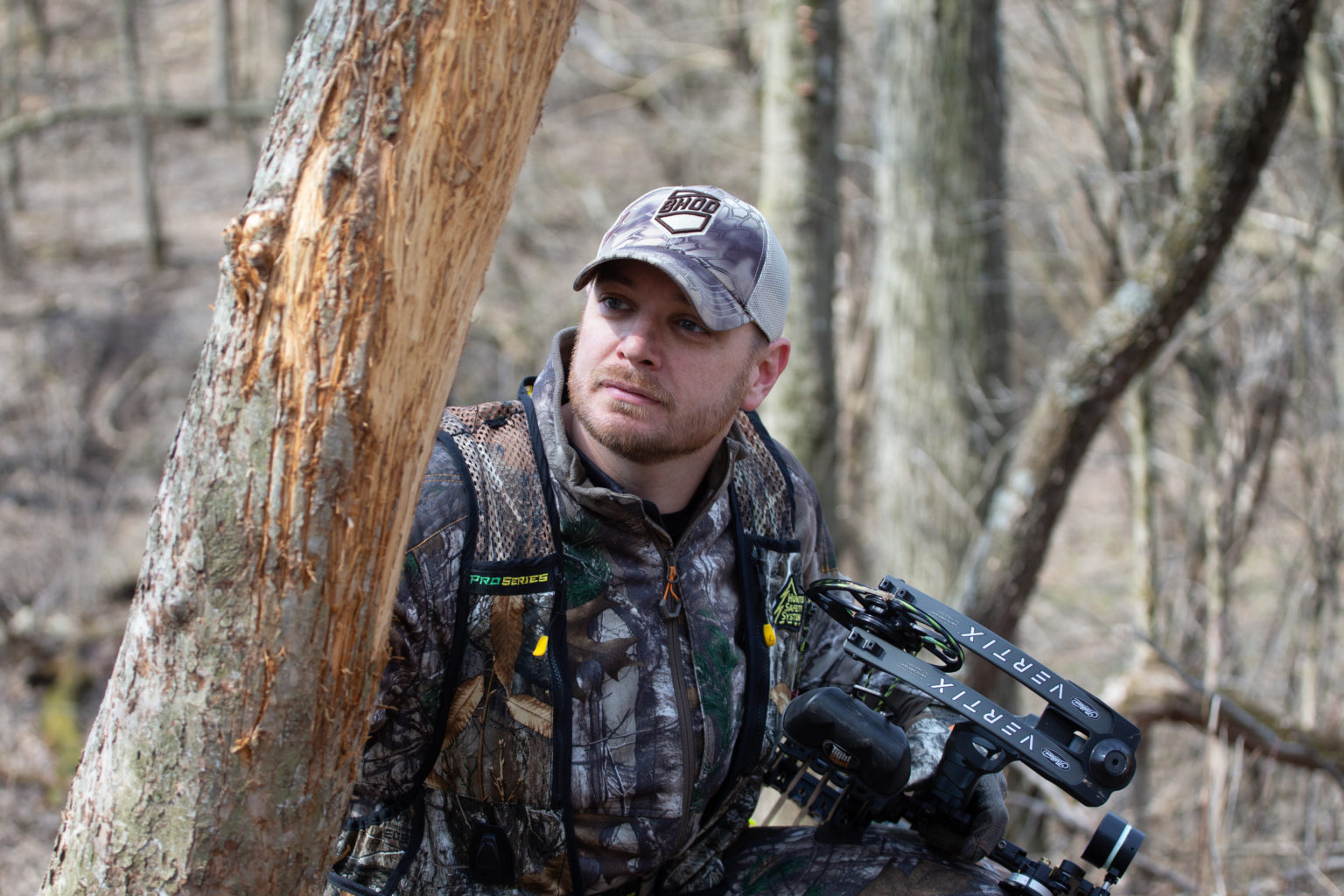
Speaking of keeping a low profile, the way a hunter scouts has definitely changed with the introduction of the game camera. Today, hunters can gain a vast database of knowledge not normally found by routine “foot” scouting.
For example, information such as temperature, time of day, moon phase, and direction of travel, can all be contained in a single photograph.
In some instances, this data can be sent to a home computer, thus, eliminating the need to go back into an area to retrieve pictures.
What To Look For
When scouting try to imagine a buck moving through the chosen section of woods. There will certainly be areas he is “least” likely to pass through, due to the landscape.
These are negative terrain features. Everything else should be considered a positive feature. When searching for a likely stand site, concentrate on positive topography that encourages deer movement.
Remember, deer, for the most part—– are lazy; especially in hill country. When given the choice, they will most often take the path of least resistance.
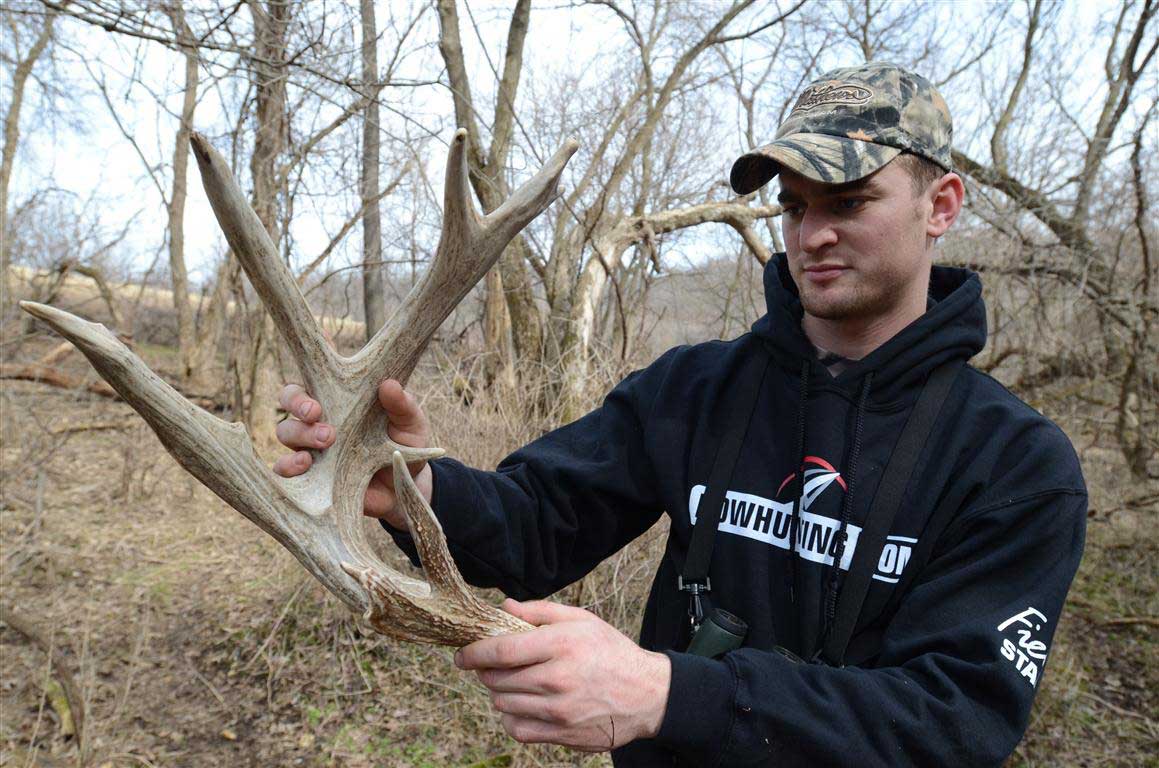
Focus On Funnels
When dealing with the task of locating preferred whitetail travel routes, hunters should concentrate heavily on one thing…..the terrain; more specifically funnels.
Funnels are nothing more than terrain features that naturally force deer movement into a smaller, more clear-cut area. Along with hunting pressure, the lay of the land will greatly influence where and how a buck travels.
Funnels will also shrink that area of travel down to a manageable size. This may sound like elementary advice, but unless it is know what terrain features to look for and how they influence stand placement, a hunter is really just guessing when it comes to selecting a good stand site.
Perhaps the most popular funnels are those that are created when steep and gentle terrain collides with one another. When that occurs, a perfect “pinch point” is formed.
Furthermore, if a gentle slope can be located that is sandwiched between steep terrain above and below, then there is an even better chance that deer will use that particular funnel. Other funnels and pinch-points include saddles, bench-flats, and drainage ditches.
Saddles are simply low spots along a ridge-line that deer use to cross from one side of the mountain to the other while expending the least amount of energy and keeping a low profile in the process.
Depending on how wide or narrow the saddle, deer movement can literally be squeezed down into areas of 30 yards; often times less.
In mountain terrain, drainage ditches are formed from years of water runoff. These drainage ditches sometimes create steep side-hills that act as barriers to traveling whitetails.
The exception to this rule, and the one most important to hunters, is that deer will (most often) only cross these “ditches” in areas that have a briefly formed, gentle side-hill (perfect for crossing), or at the very top where the “cut outs” end and the topography returns to a gentle slope.
Either condition will funnel deer movement; allowing for an easy shot.
While natural terrain funnels greatly increase chances of success, those that are found adjacent to doe bedding areas will cause the odds of punching a tag to skyrocket.
This is simply due to the fact that bucks will already be cruising through the area looking for estrus does.
The odds of encountering one are never higher than during the rut, while perched in a treestand, overlooking a natural funnel adjacent to a doe bedding area.

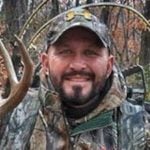 By
By 